PPT-TEMPO Science Studies:
Author : phoebe-click | Published Date : 2017-04-15
The G reen P aper Kelly Chance Smithsonian Astrophysical Observatory 3 rd TEMPO Science Team Meeting May 27 2015 TEMPO Green Paper TEMPO is required to spend
Presentation Embed Code
Download Presentation
Download Presentation The PPT/PDF document "TEMPO Science Studies:" is the property of its rightful owner. Permission is granted to download and print the materials on this website for personal, non-commercial use only, and to display it on your personal computer provided you do not modify the materials and that you retain all copyright notices contained in the materials. By downloading content from our website, you accept the terms of this agreement.
TEMPO Science Studies:: Transcript
Download Rules Of Document
"TEMPO Science Studies:"The content belongs to its owner. You may download and print it for personal use, without modification, and keep all copyright notices. By downloading, you agree to these terms.
Related Documents

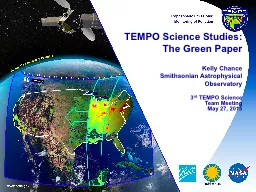
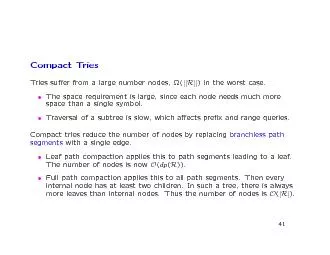



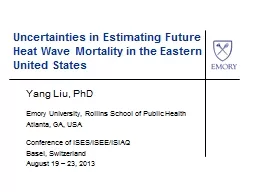
![[Air Quality Forecasting]](https://thumbs.docslides.com/563053/air-quality-forecasting.jpg)
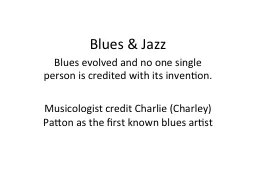
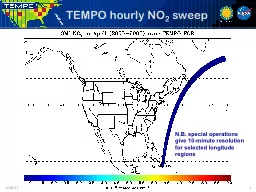
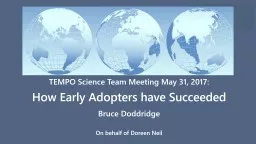
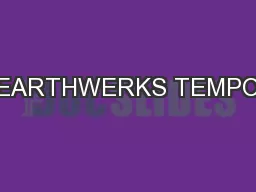
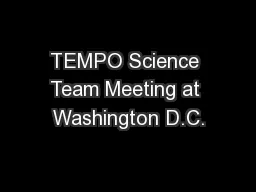
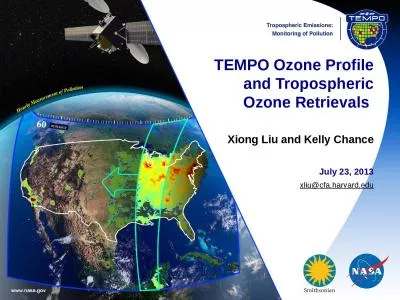
![[Air Quality Forecasting] Breakout Report 1st TEMPO Applications Workshop Huntsville,](https://thumbs.docslides.com/1067409/air-quality-forecasting-breakout-report-1st-tempo-applications-workshop-huntsville-al.jpg)